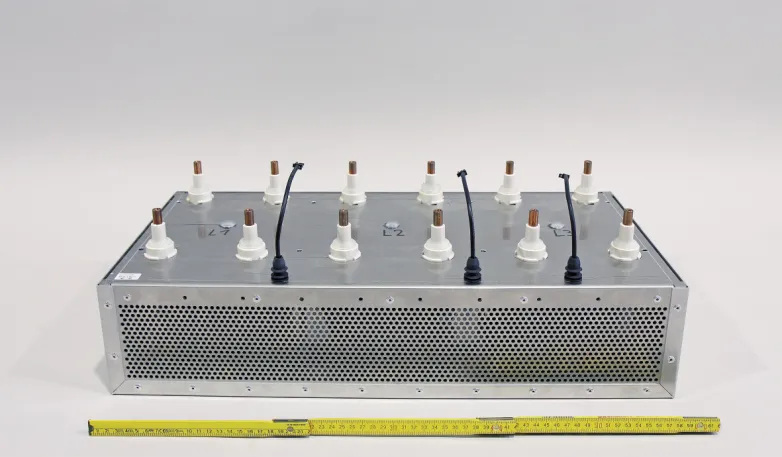Swiss scientists identify causes of defects in silicon carbides for power electronics
Sep 13, 2019 01:20 PM ET
- Carbon clusters of a few nanometers in size could be responsible for the defects affecting the thermal stability of SiCs. The defective carbon accumulations arise during the oxidation of silicon carbide to silicon dioxide under high temperatures

Scientists from the University of Basel claim to have identified the causes of low near-interface mobility in the silicon carbides (SiCs) used in power electronics.
With the Evidence for carbon clusters present near thermal gate oxides affecting the electronic band structure in SiC-MOSFET paper, the researchers claim to have found unique evidence the defects affecting the heat resistance of SiCs are attributable to nanometer-sized carbon clusters which are formed during the oxidation of silicon carbide to silicon dioxide under high temperatures.
The researchers used atomic force microscope (AFM) analysis and Raman spectroscopy to localize where defects were generated and found it happens near the interface during the oxidation process. “AFM and Raman spectroscopy, together with extensive state-of-the-art atomistic simulations, further provide insight into the native SiC oxidation as the root cause for these clusters and their dependence on process parameters and their HF [hydrofluoric acid] and ozone etching,” stated the paper.
Accumulation impact
The researchers also ascertained the presence of aromatic and amorphous carbon characteristically different from the carbon in the SiC matrix in the items studied. The scientists said the defective carbon accumulations had an impact on the electronic structure at the interface. “In addition to the band structure modification, defects may locally reduce the dielectric breakdown field-strength,” they added.
The team concluded the poor performance of silicon carbide transistors, compared to that of conventional silicon transistors, must be attributed to the accumulation of carbon at the interface. “If we change certain parameters during oxidation we can influence the occurrence of the defects,” said study co-author Dipanwita Dutta.
Although silicon carbides offer great potential for reducing weight and improving the electric conductivity and thermal properties in next generation solar inverters, the defects studied – which occur at the interface between silicon carbide and the insulating material silicon dioxide – are considered a major obstacle to commercial adoption. Inverter makers have thus far developed silicon carbide devices only as prototypes or in small-scale production runs.
Also read

